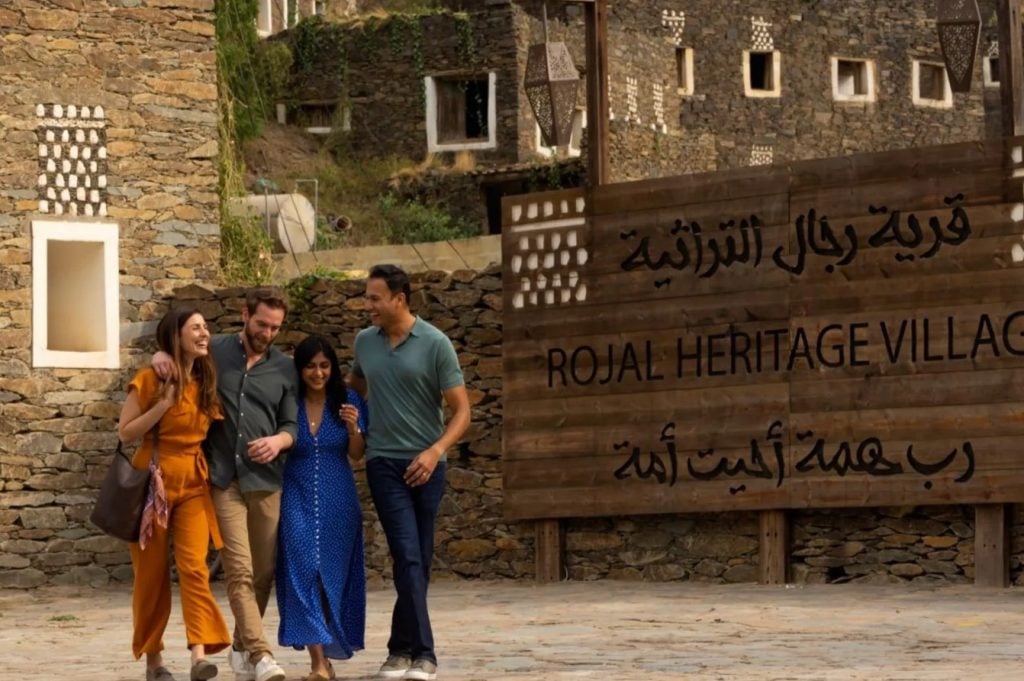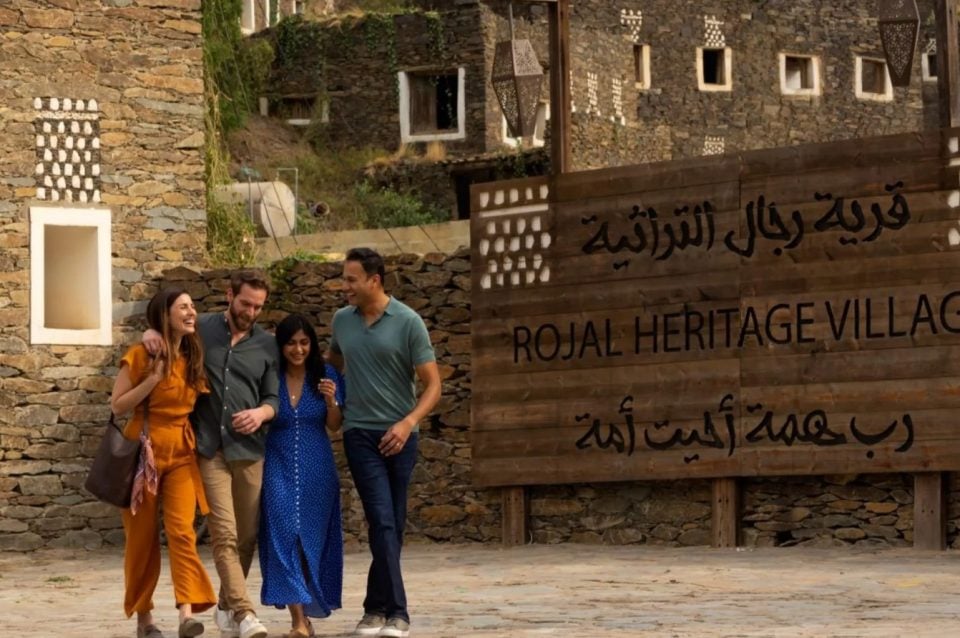
Overachievers must make up the majority, if not all, of Saudi Arabia’s tourism industry because the Kingdom just successfully met its Vision 2030 goals, seven years ahead of schedule.
In 2023, according to the International Monetary Fund (IMF), Saudi Arabia surpassed its 2030 target of attracting 100 million visitors annually. The Kingdom will no doubt exceed that figure again in 2024, with over 60 million tourists having already visited Saudi Arabia during the first half of this year.
Last year, the Kingdom also reached its targeted tourism revenue of $36 billion and has already generated over $38.1 billion during the first six months of 2024.
In IMF’s Article IV Consultation report, the tourism industry’s direct and indirect contribution to Saudi Arabia’s gross domestic product reached 11.5% last year and is expected to grow by another 16% in the next decade.
Saudi Arabia’s swift and significant growth in the tourism sector has no doubt left everybody (especially its destination competitors) wondering… how? While destination features in shows like season one of Netflix’s Dubai Bling have helped, let’s do a semi-deep dive into Saudi Arabia’s tourism success:
Saudi Arabia’s 2030 Vision was published in January 2016 with three main objectives designed to “build the best future” for the Kingdom. The objectives were to build a vibrant society, establish a thriving economy and develop an ambitious nation.
Although these objectives may sound far from tourism-related, the industry plays a significant role in achieving the first two.
A vibrant society

The Kingdom wants a society that takes pride in its national identity and ancient culture while enjoying a good life in a beautiful environment, with caring families and supported by an empowering social and health care system.
To do this, Saudi Arabia highlighted the main tourism goals of:
- Increasing the capacity to welcome Umrah visitors from 8 million to 30 million annually
- More than double the number of Saudi heritage sites registered with UNESCO
- And have three Saudi cities be recognised in the top-ranked 100 cities in the world
And the Kingdom is on track with all three.
Last month, Saudi Arabia announced that it is expecting 15 million pilgrims to perform Umrah next year. The ability to attract and facilitate more worshippers comes from an expansion of the Two Holy Mosques and improving facilities to improve the pilgrimage experience.
The Kingdom has already doubled the number of sites added to the UNESCO World Heritage list with four new inclusions over the last eight years. Since the release of the 2030 Vision, Saudi Arabia’s additions to the list include Al-Ahsa Oasis (2018), Hima Cultural Area (2021), Uruq Bani Mu’arid (2023) and The Cultural Landscape of Al-Faw Archaeological Area (2024).
Saudi Arabia also recently celebrated 10 years since the inscription of Jeddah to the UNESCO World Heritage list.
Ticking off the third tourism goal on the list, the Kingdom’s capital of Riyadh was this year named the 28th on the list of ‘World’s Best Cities’. Riyadh was ranked just behind the UAE’s Abu Dhabi which sat at #25, Istanbul at #19 and Dubai at #6. Only two more cities to go!
A thriving economy

In the 2030 Vision, Saudi Arabia detailed its goal of establishing an economy that provides opportunity for all by building an education system aligned with market needs and creating economic opportunities for the entrepreneur, the small enterprise and the large corporations.
In order to do this, the Kingdom highlighted plans to launch promising sectors including the tourism industry.
In 2018, Saudi well and truly launched the tourism sector by issuing tourist visas for the first time in eight years. This opened the Kingdom to the world and paved the way for the revolutionary GCC visa which, when it rolls out over the next two years, will allow tourists to visit all six Gulf countries on a single visa.
As part of its tourism launch, the Kingdom also set out to create attractions that “are of the highest international standards”. Among these world-class attractions include the £15 billion Red Sea project made up of 8,000 rooms within 50 hotels across 22 islands and six inland sites. Despite being six years from completion, the project has already received international attention and the tick of approval from soccer legend Cristiano Ronaldo. There’s also the unmissable NEOM’s projects like the coastline giga project, Magna, and in the Trojena mountains.
The Kingdom has also opened and/or announced a number of high-end resorts and hotels such as the ‘architectural icon’ Four Seasons, Nova Hotel Olaya and The Comfort Hotel in Riyadh.
Saudi Arabia is also on the cusp of opening a mega park will be five times the size of New York City’s Central Park and seven time the size of London’s Hyde Park, and it recently unveiled plans for the New Murabba Stadium (one of the 15 stadiums put forward to host the 2034 FIFA World Cup), which will have the capacity to host 45,000 sport fans.
When it comes to air travel, Saudi Arabia has also invested in launching a second flag carrier, Riyadh Air, with uniforms designed by Saudi designer Ashi, while on the ground the Kingdom is working with other Gulf countries to launch a connected GCC rail network, giving tourists an alternative option for travelling around the region.
So now that the Kingdom has met its goals, will the country take a break or ramp up its tourism efforts? Our bets are confidently on the latter.



